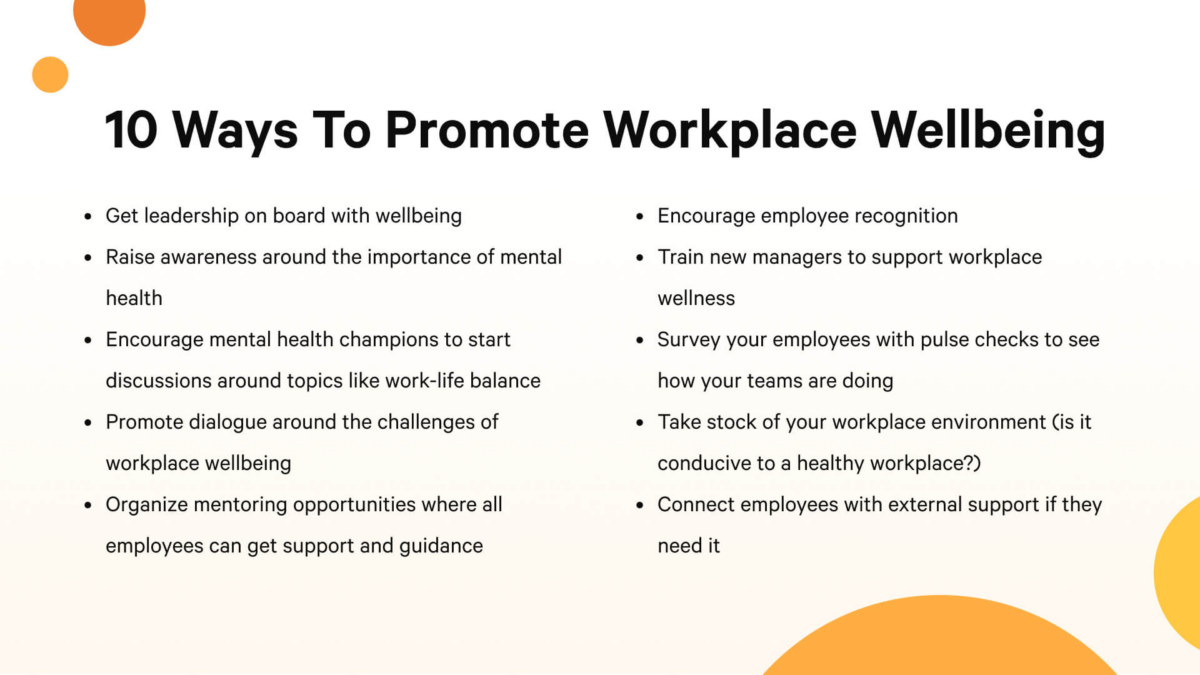How To Tell An Employee They Need To Improve Examples

Navigating performance conversations can be one of the most challenging aspects of leadership. Effectively communicating areas for improvement requires a delicate balance of honesty, empathy, and a clear path forward.
This article explores practical strategies for delivering constructive criticism, providing specific examples and actionable advice to help managers foster growth and development within their teams. It emphasizes the importance of clear communication, a supportive approach, and a focus on helping employees succeed.
The Importance of Clear and Constructive Feedback
Open and honest communication is crucial for employee growth. Regularly scheduled feedback sessions, both formal and informal, can help employees understand their strengths and weaknesses, leading to improved performance and job satisfaction.
Providing constructive criticism isn't about pointing out flaws. Instead, it's about identifying areas where an employee can develop their skills and contribute more effectively to the team.
Setting the Stage for a Productive Conversation
The environment where you deliver feedback plays a significant role in how it's received. Choose a private, quiet setting where you can speak openly and honestly without distractions.
Start by acknowledging the employee's strengths and contributions. This helps create a positive atmosphere and demonstrates that you value their work.
"Employees who feel valued are more receptive to feedback and more likely to take action to improve their performance," says Dr. Anna Richards, a leading organizational psychologist.
Providing Specific Examples
Vague feedback is unhelpful and can leave employees feeling confused and demotivated. Instead of saying "Your presentations need work," provide specific examples of areas that need improvement.
For example, you could say: "In the last presentation, the data slides were difficult to understand. Perhaps we can work on clarifying the visuals and incorporating stronger storytelling elements."
Another common issue is time management. Instead of saying "You need to be more efficient," try "I've noticed you've missed a few deadlines recently. Let's discuss strategies for prioritizing tasks and managing your time effectively."
Focus on Behavior, Not Personality
It's essential to focus on specific behaviors and actions, rather than making personal judgments about the employee's character. Avoid language that is accusatory or blaming.
For example, instead of saying "You're always late," try "I've noticed you've been late to the last three team meetings. Let's discuss what's contributing to this and how we can address it."
By focusing on specific, observable behaviors, you can have a more objective and productive conversation.
Creating an Action Plan
Feedback is only effective if it leads to action. Work with the employee to develop a specific, measurable, achievable, relevant, and time-bound (SMART) action plan for improvement.
This plan should outline clear steps the employee can take to address the identified areas for improvement. For example, if the issue is communication skills, the plan might include attending a workshop on effective communication or practicing active listening techniques.
Regularly check in with the employee to monitor their progress and provide ongoing support. This demonstrates your commitment to their development and helps them stay on track.
Document Everything
It's important to document all performance conversations, including the feedback provided, the action plan developed, and the employee's progress. This documentation can be helpful for performance reviews and can provide a record of the employee's development.
According to SHRM (Society for Human Resource Management), proper documentation protects both the employee and the employer.
The documentation should be factual and objective, avoiding any personal opinions or biases.
Conclusion
Delivering constructive criticism is a critical leadership skill. By following these strategies, managers can create a culture of continuous improvement where employees feel valued, supported, and empowered to reach their full potential.
Remember, the goal is not to criticize but to help employees grow and develop, ultimately benefiting both the individual and the organization. Honest and supportive conversations are keys to achieving positive results.
By prioritizing clear communication, specific examples, and collaborative action plans, leaders can transform performance conversations into opportunities for growth and success.

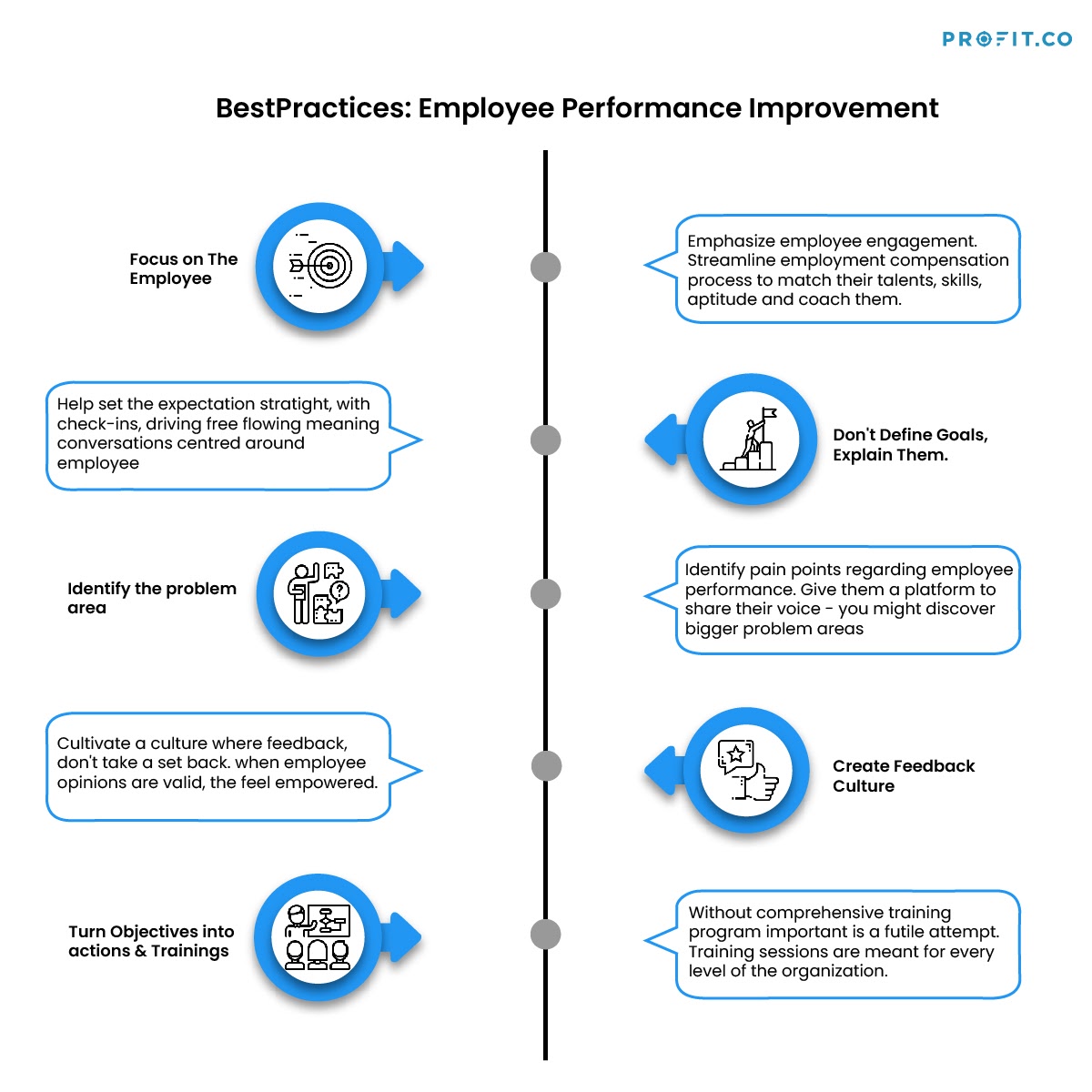




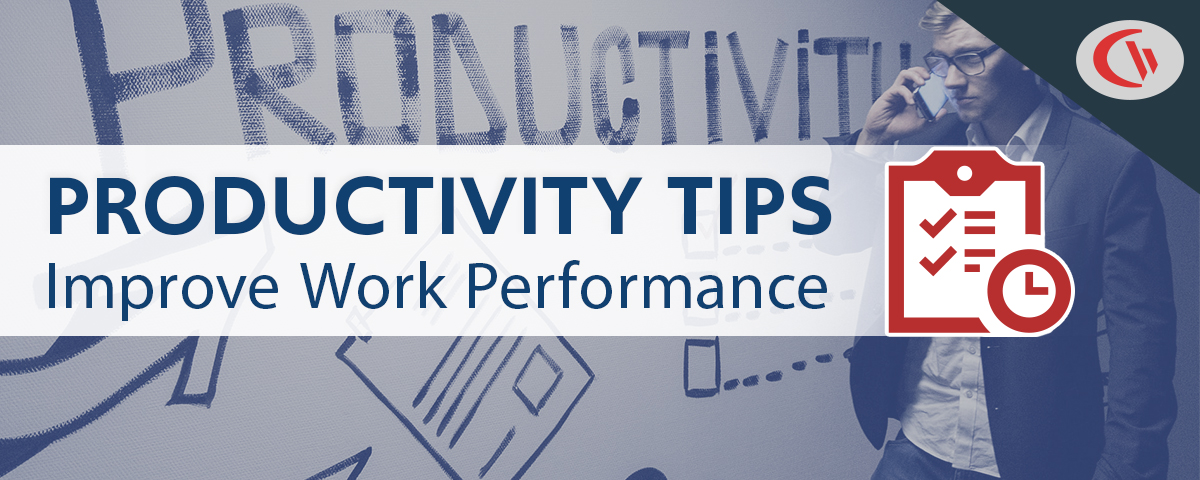

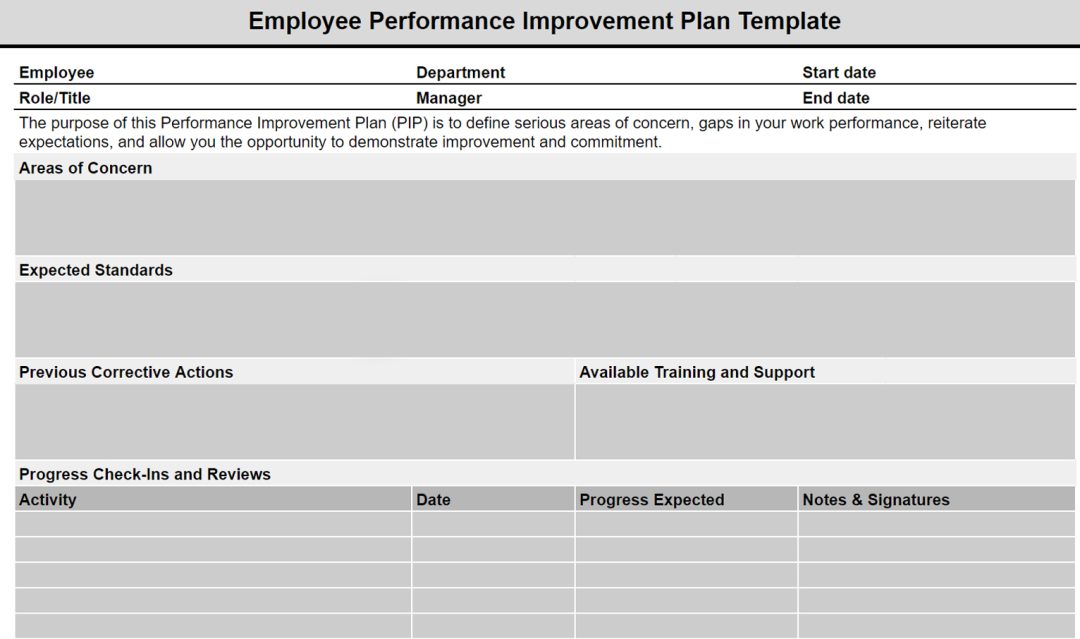

.jpg)
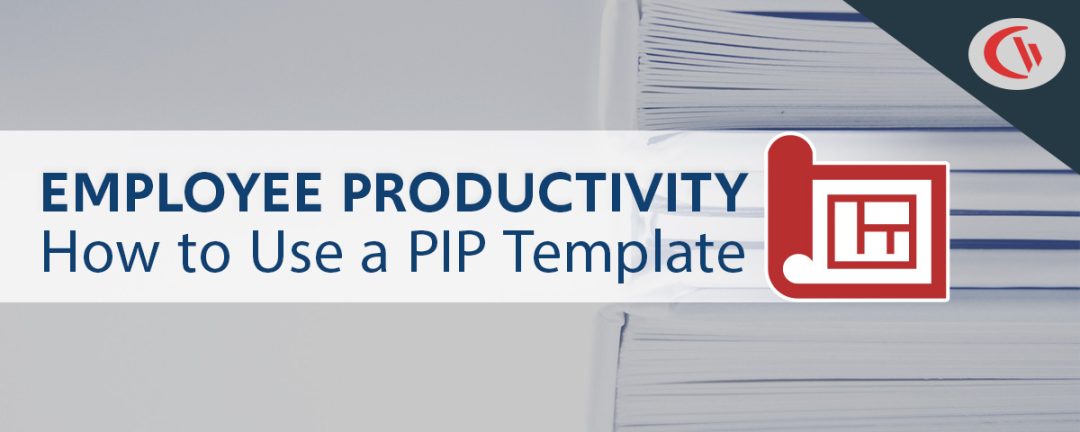


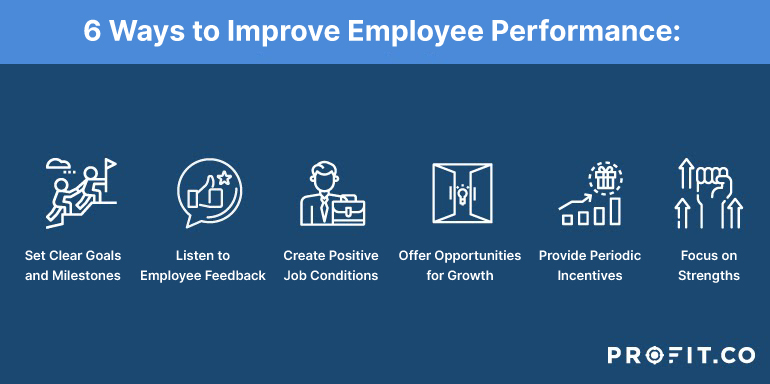
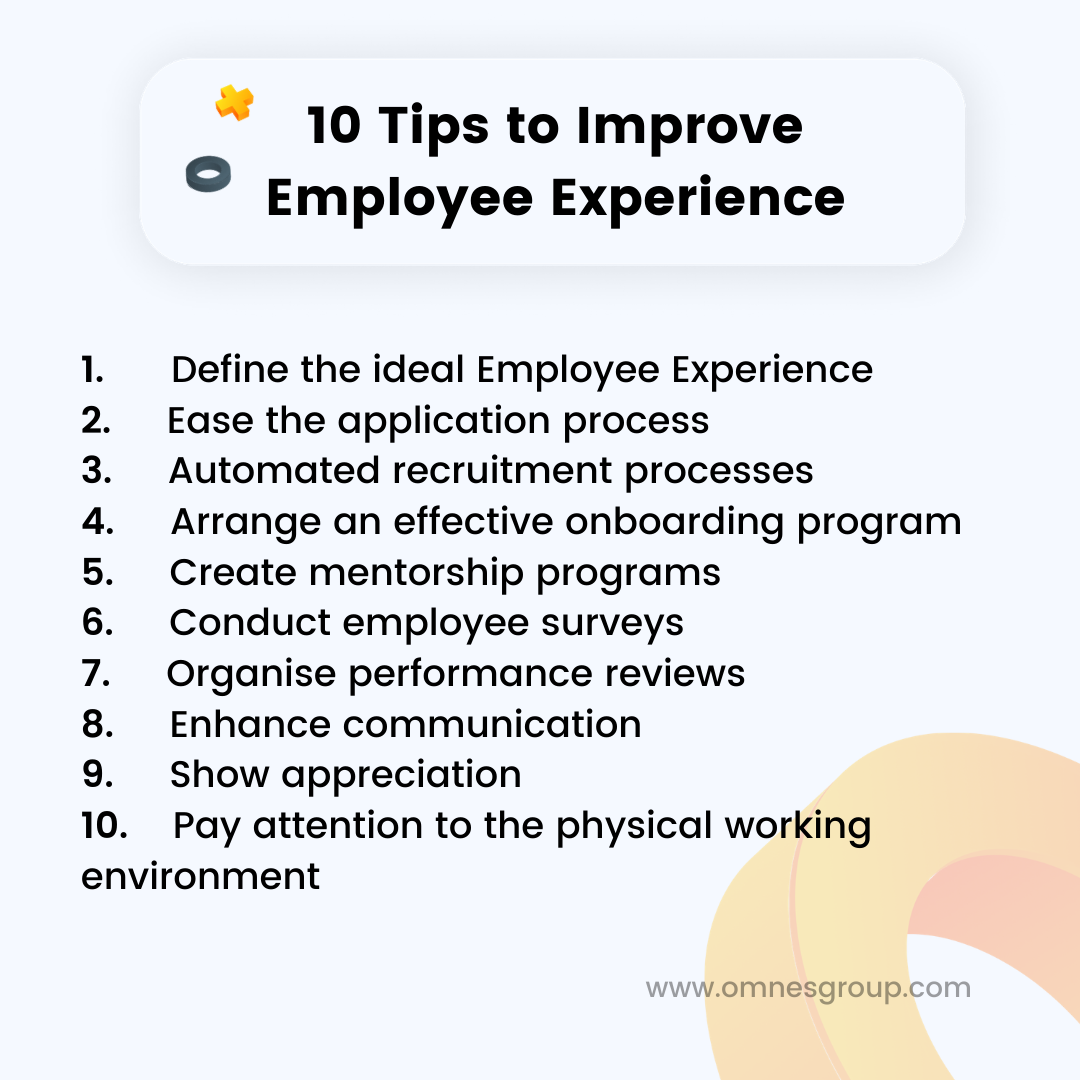
:max_bytes(150000):strip_icc()/organizational-skills-list-2063762-v5-5b749e9546e0fb00254cc426.png)
